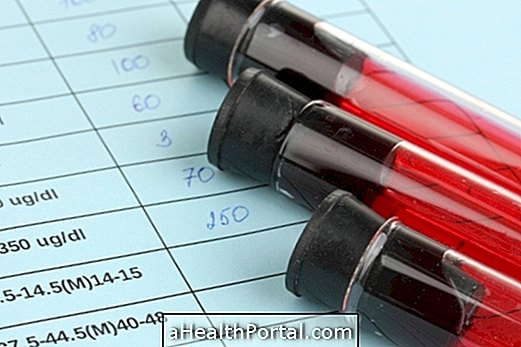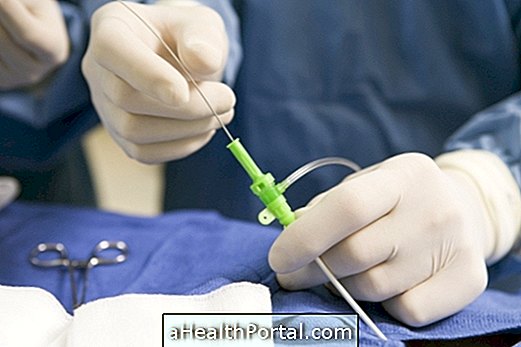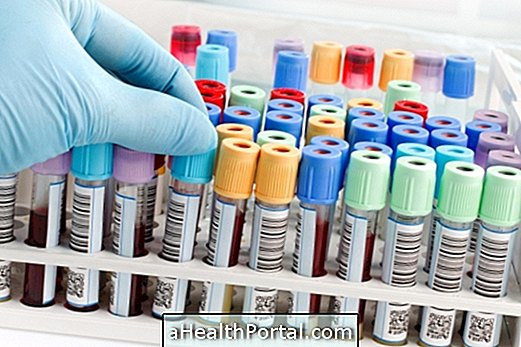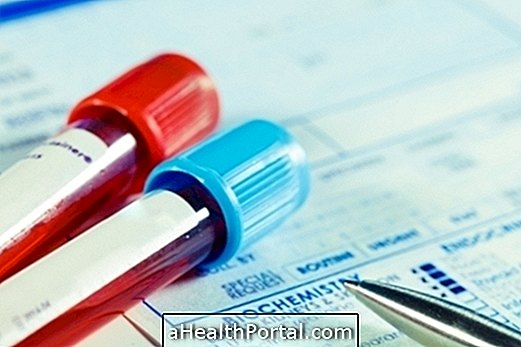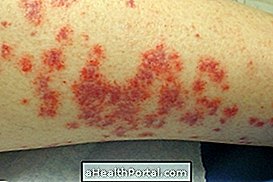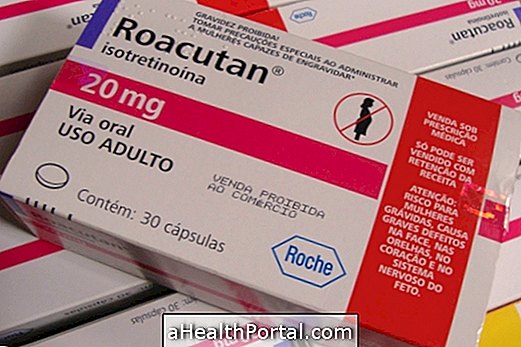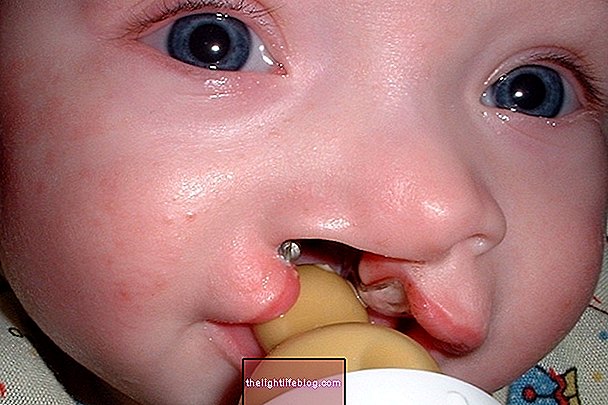Liver biopsy is a medical examination in which a small piece of the liver is removed for examination by the pathologist and diagnosed or evaluated for diseases that are damaging this organ, such as hepatitis, cirrhosis, systemic diseases that affect the liver or even cancer.
This procedure, also called a liver biopsy, is performed at the hospital because removal of the liver sample is done with a special needle in a procedure that is similar to a minor surgery and although rare there may be some risks such as bleeding .
Usually the person is not hospitalized and returns home the same day, although it is necessary to go to the hospital accompanied, because rest is necessary and can not drive after the biopsy.
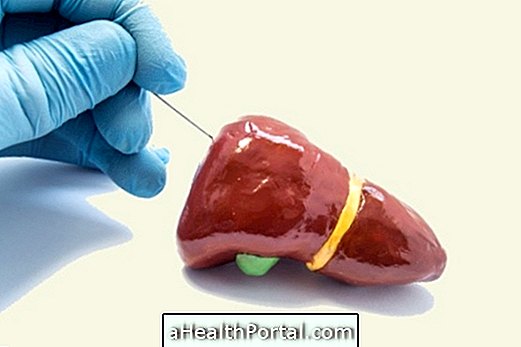
When it is indicated
Liver biopsy is used to analyze changes in the liver in order to define the diagnosis and to plan the treatment better. The main indications include:
- Evaluate viral hepatitis B and C in case of doubts about the diagnosis or severity of the disease, and may also identify the intensity of liver damage
- Evaluate diseases that cause deposits in the liver, such as hemochromatosis, which cause iron deposition, or Wilson's disease, which causes copper deposit, for example;
- Identify the cause of liver nodules;
- Look for the cause of a hepatitis, cirrhosis or liver failure;
- To analyze the efficacy of therapy for the liver;
- Evaluate the presence of cancer cells;
- Look for the cause of a cholestasis or changes in the biliary tract;
- Identify a systemic disease that is affecting the liver or causes fever of unclear origin;
- Analyze the liver of a possible transplant donor or even suspected rejection or other complication after liver transplantation.
This procedure is only performed by medical indication and is usually done only when other tests assessing the presence of lesions and liver function have not been able to provide the necessary information, such as ultrasound, tomography, hepatic enzyme dosage (ALT), bilirubins or albumin, for example. Learn more about liver exams.
How is the biopsy done?
For biopsy of the liver, a needle is usually used for these cases in order to try to remove a sample as minimal as possible lesion to the organ.
Some different techniques may be used by the doctor, and the most common is percutaneous liver biopsy, where the needle is inserted through the skin into the liver, which is on the right side of the abdomen. The procedure should be done with anesthesia or sedation and, although uncomfortable, this is not a test that causes a lot of pain.
In general, examinations such as ultrasound or computed tomography are used as a guide to locate the area to be reached, from where the sample will be collected. The doctor takes about 3 samples and the procedure takes about half an hour, depending on each case. The samples will then be analyzed under a microscope to evaluate the presence of changes in the cells.
Other ways to gain access to the liver for biopsy are by inserting the needle through the jugular vein and reaching the liver by the circulation, called the transjugular route, or also during laparoscopic or open surgery, but are less common forms.
What preparation do you need?
Before performing liver biopsy, the doctor may recommend fasting for about 6 to 8 hours. In addition, it is advised to discontinue the use of medicines that may interfere with blood clotting for about 1 week, such as anti-inflammatories, anticoagulants or ASA, for example, which should be done according to medical advice.

How is Recovery
After the liver biopsy, the person needs to remain in the hospital on observation for about 4 hours. The doctor may also check your blood pressure and other vital data to see if there may be any complications and if it is safe to discharge, but usually people who are well-controlled can go home on the same day.
The person should leave the hospital with a bandage on the side of the abdomen that should be taken out after 2 days, at home, after a safe healing.
Before removing the dressing, care should be taken not to wet the gauze and check that it is always clean, and if there is bleeding, put on the wound, fever, in addition to dizziness, fainting or intense pain, it is indicated to go to the doctor for an evaluation.
To relieve pain and discomfort the doctor may recommend taking a painkiller, and it is not recommended to do any work for 24 hours after the procedure.
Possible Complications
Although liver biopsy is a safe procedure and there are rarely complications, bleeding, perforation of the lung or gallbladder, and infection at the site of needle insertion may occur.

